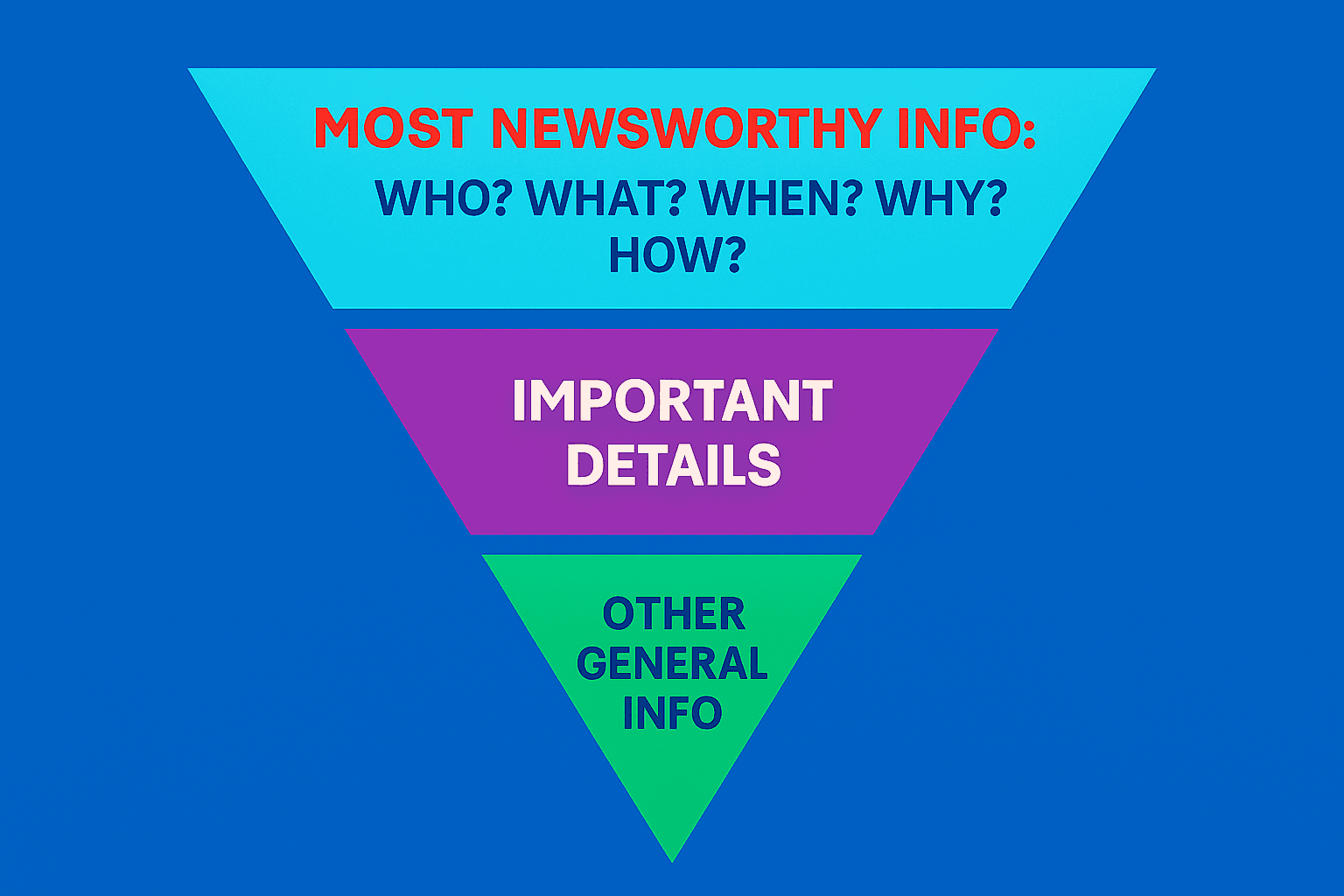The way people discover information online has shifted. Search engines are no longer the only entry point; AI-powered tools like ChatGPT, Google’s AI Overviews, Copilot, and Perplexity are now major channels where people consume answers.
For brands, this shift means rethinking content. If your insights don’t show up in AI summaries, your competitors’ will. But this isn’t just about visibility. It’s about credibility, influence, and making sure your expertise shapes the conversation, even when users don’t click through.
Here are 11 ways to structure content so it’s surfaced in AI-driven responses while staying valuable to human readers.

Start by focusing on clarity and usefulness. Readers should understand your message easily before any AI model does. Once your content feels natural to a human audience, refine the structure to make it easier for AI tools to interpret and summarize.
Think like a teacher creating lesson notes. Headings and subheadings give both AI and readers the map they need.
Instead of building to the conclusion, put the answer first, then add supporting detail. This mirrors how journalists use the inverted pyramid structure.

Don’t just rely on your intro and conclusion. Add “in short” moments throughout.
Visual clarity matters as much as words.
AI rewards well-connected, topical ecosystems.
AI models favor expert-driven content that demonstrates Google’s E-E-A-T standards (Experience, Expertise, Authoritativeness, Trustworthiness). To build authority, focus on:
Content ages fast in an AI world. To stay relevant, review your content quarterly and make updates as needed. A structured content audit can help prioritize what to refresh. See HubSpot’s guide on content audits.
AI doesn’t only consume paragraphs. It also reads structured data, alt tags, and transcripts.
AI tools prioritize direct Q&A formats. Adding a concise FAQ section improves scannability, helps AI extract answers, and allows you to include long-tail keywords naturally.
The ultimate test for any piece of content is: does it help someone solve a real problem or answer a genuine question? AI-friendly content starts with empathy and ends with clarity. When you write with people in mind first, you naturally produce material that AI tools can understand and surface.
Being human-first also means:
Don’t let your competitors control the narrative. BizStream’s team of strategists and developers can help you structure content that performs across SEO, GEO, and AI-powered discovery.
Because more users are skipping search results and trusting AI-generated answers. If your content isn’t represented, you’re invisible in those interactions.
Not quite. SEO and AI optimization overlap, but GEO (Generative Engine Optimization) puts more weight on direct Q&A formats, clear summaries, and freshness.
Answer-driven content, thought leadership backed by data, and pages with clear structure tend to surface most often.
At least every 3–6 months for high-performing pages, or whenever industry trends shift.
Stay up to date on what BizStream is doing and keep in the loop on the latest in marketing & technology.